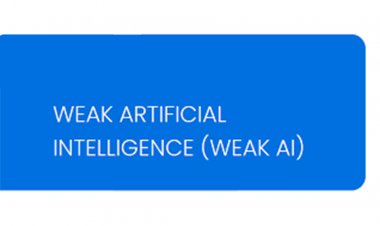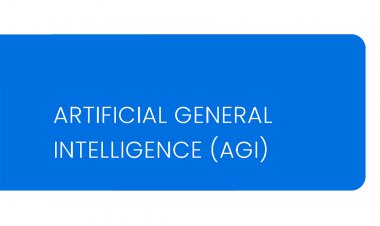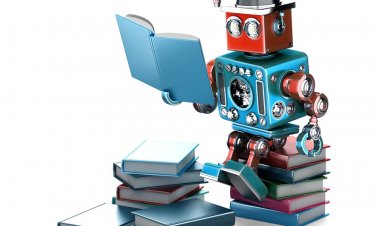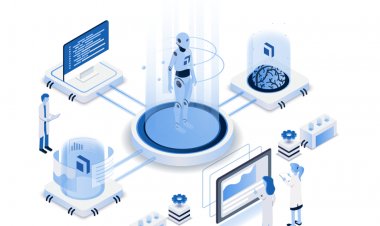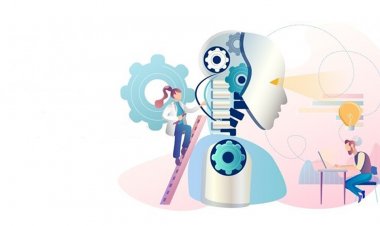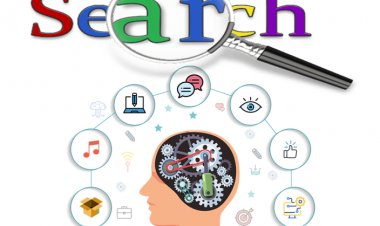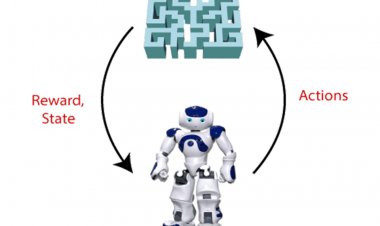Theory of Mind
Theory of Mind (ToM) robots are able to think, feel like humans gain the experience, and predict the outcomes.
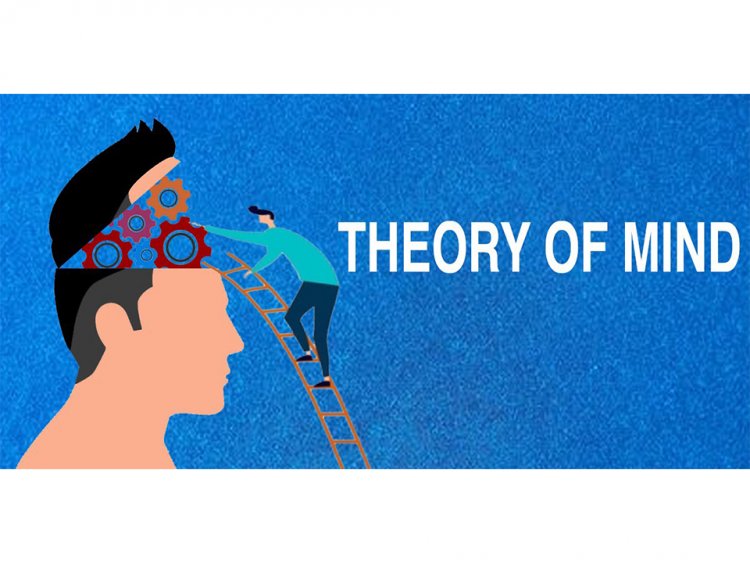
Introduction:
This is where the distinction is made between Artificial Intelligence (AI) machines that have already been built and AI machines that will be produced in the future. Although Theory of Mind (ToM) devices are not yet a reality, scientists are working to bring this technology to fruition.
What is the theory of mind?
The phrase 'Theory of Mind' is derived from psychology, and it is defined as follows by the American Psychological Association (APA):
"The awareness that others have different goals, wants beliefs, perceptions, and emotions than one's own, but such intents, wishes, and so on impact people's behavior and actions," according to Theory of Mind.

How does the theory of mind work?
These types of robots have the ability to use common sense when dealing with the data and make the decisions that are possible in real-time. This build helps to analyze data but also for the archive of greater gain.
This type of report is able to sense the stairs and other things coming from the opposite direction. The robot is capable of coming up with a secure descending path by understanding impediments.
What is the example of the theory of mind?
Kismet is a practical example of AI based on the idea of the mind. Kismet is a robot head produced by a Massachusetts Institute of Technology researcher in the late 1990s. Kismet can reproduce and recognize human sentiments. Although both abilities are momentous advances in the theory of mind AI, Kismet is unable to track human gazes or transmit attention to people.
Another instance of a theory of mind AI implementation is Sophia from Hanson Robotics. Sophia is able to see thanks to cameras in her eyes and computer algorithms. She is able to maintain eye contact, identify people, and follow faces.
What are some characteristics of the theory of mind?
- Mind-Body Theory AI ought to be talented to comprehend human feelings, personalities, and beliefs, as well as interact socially.
- This form of AI computer has not yet been formed, nevertheless, investigators are working hard to enhance and construct such AI machines.
- It is able to learn with fewer examples because it understands the motives and the intent.[1]
Conclusion:
We may be a long way from constructing self-aware machines that can fix all problems. However, we should concentrate our efforts on figuring out how a computer can train and learn on its own and make judgments based on previous experiences.
- Types of Artificial Intelligence:. Available from: https://www.javatpoint.com/types-of-artificial-intelligence.

 admin
admin 






